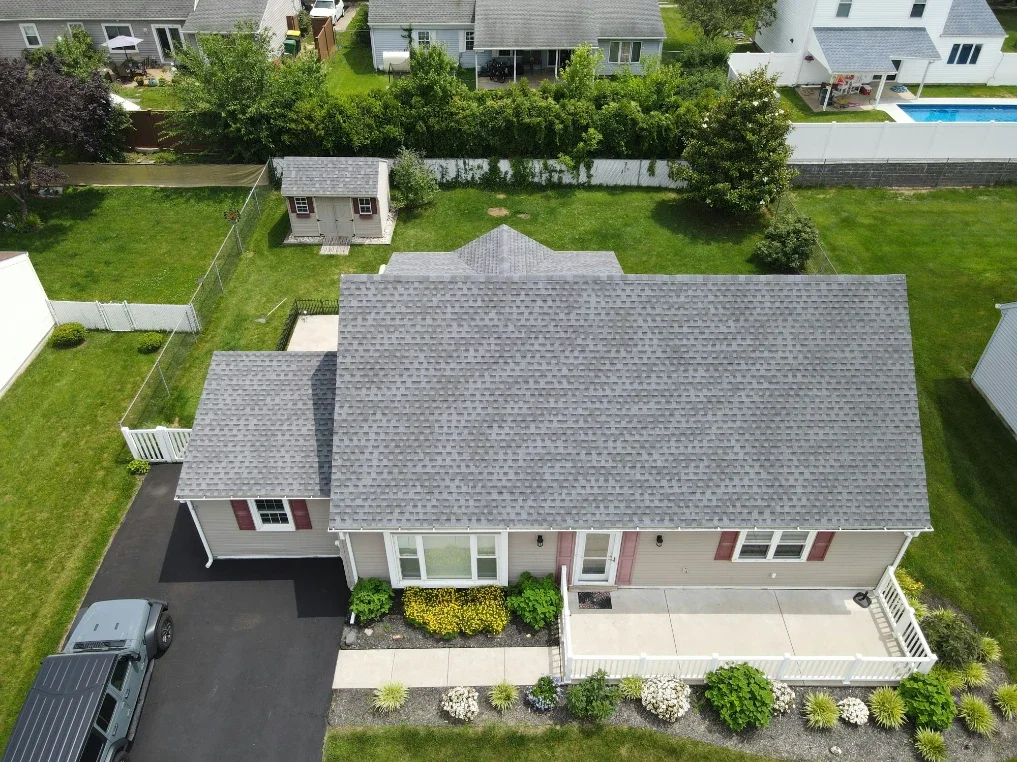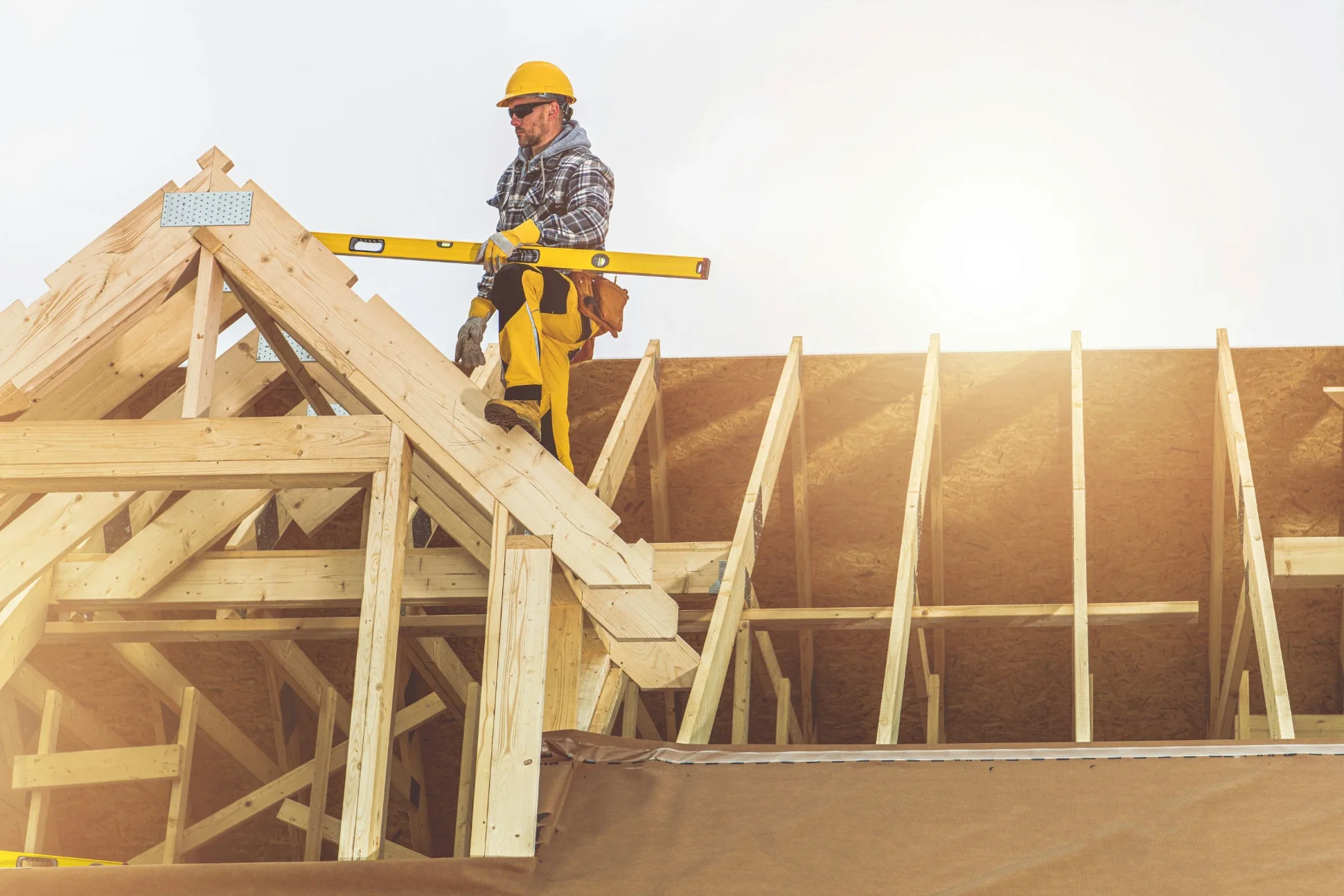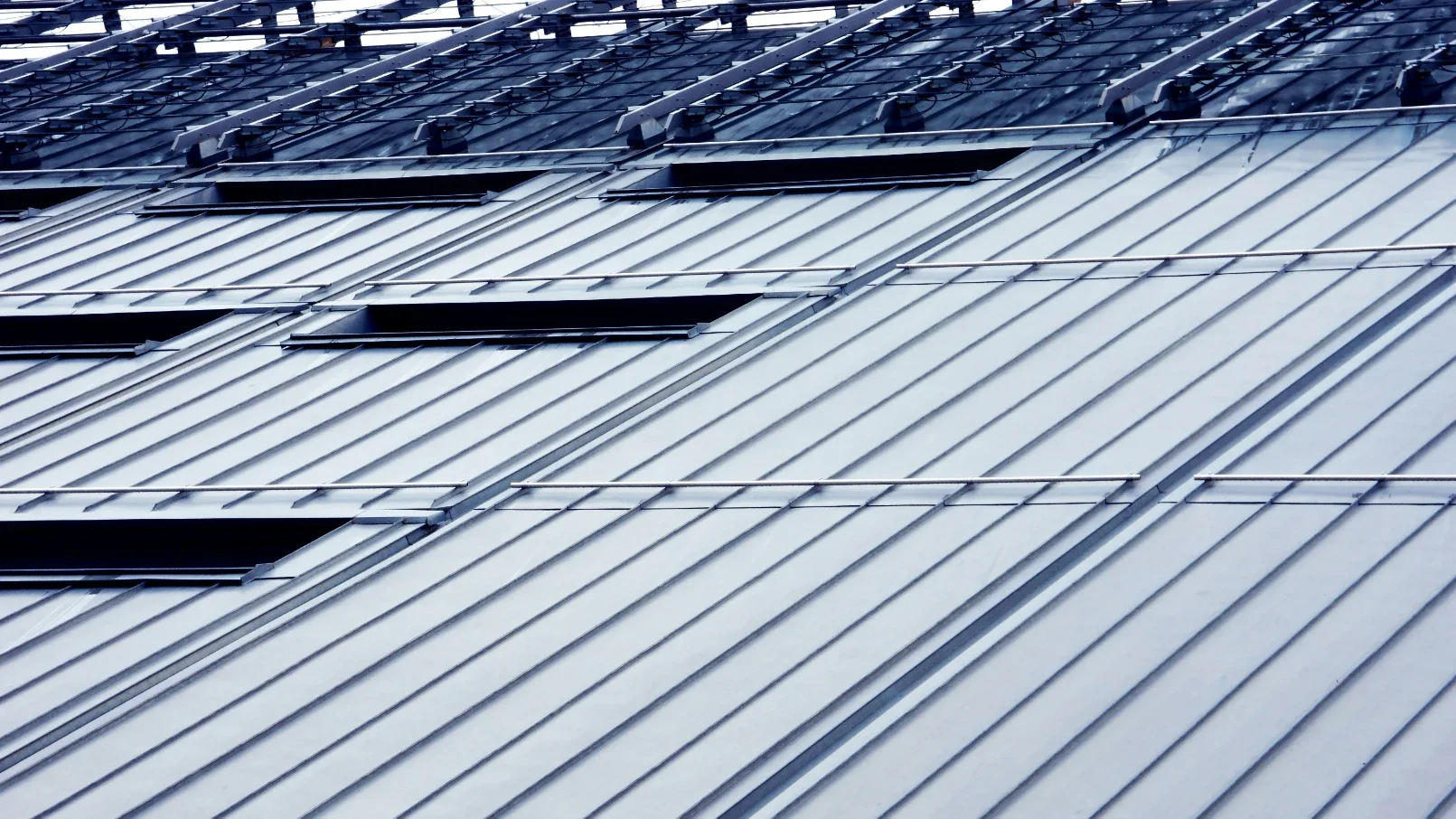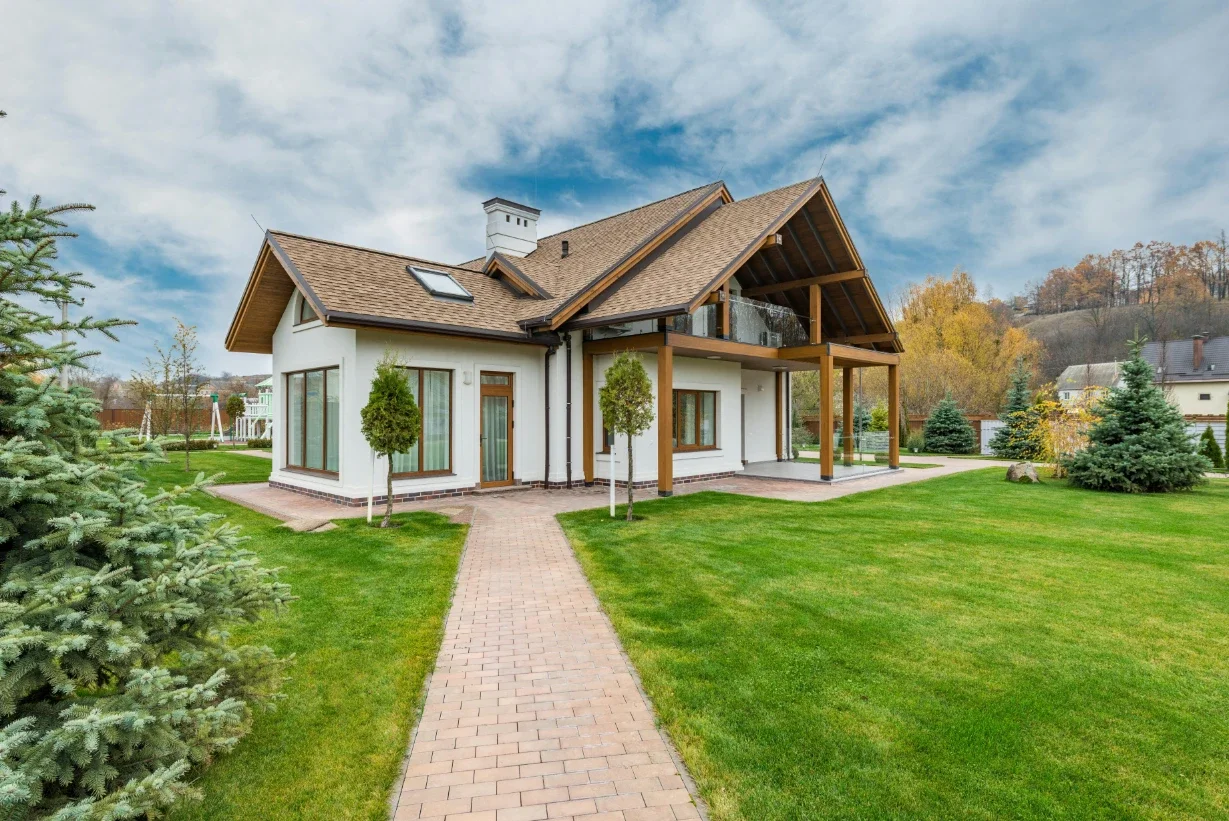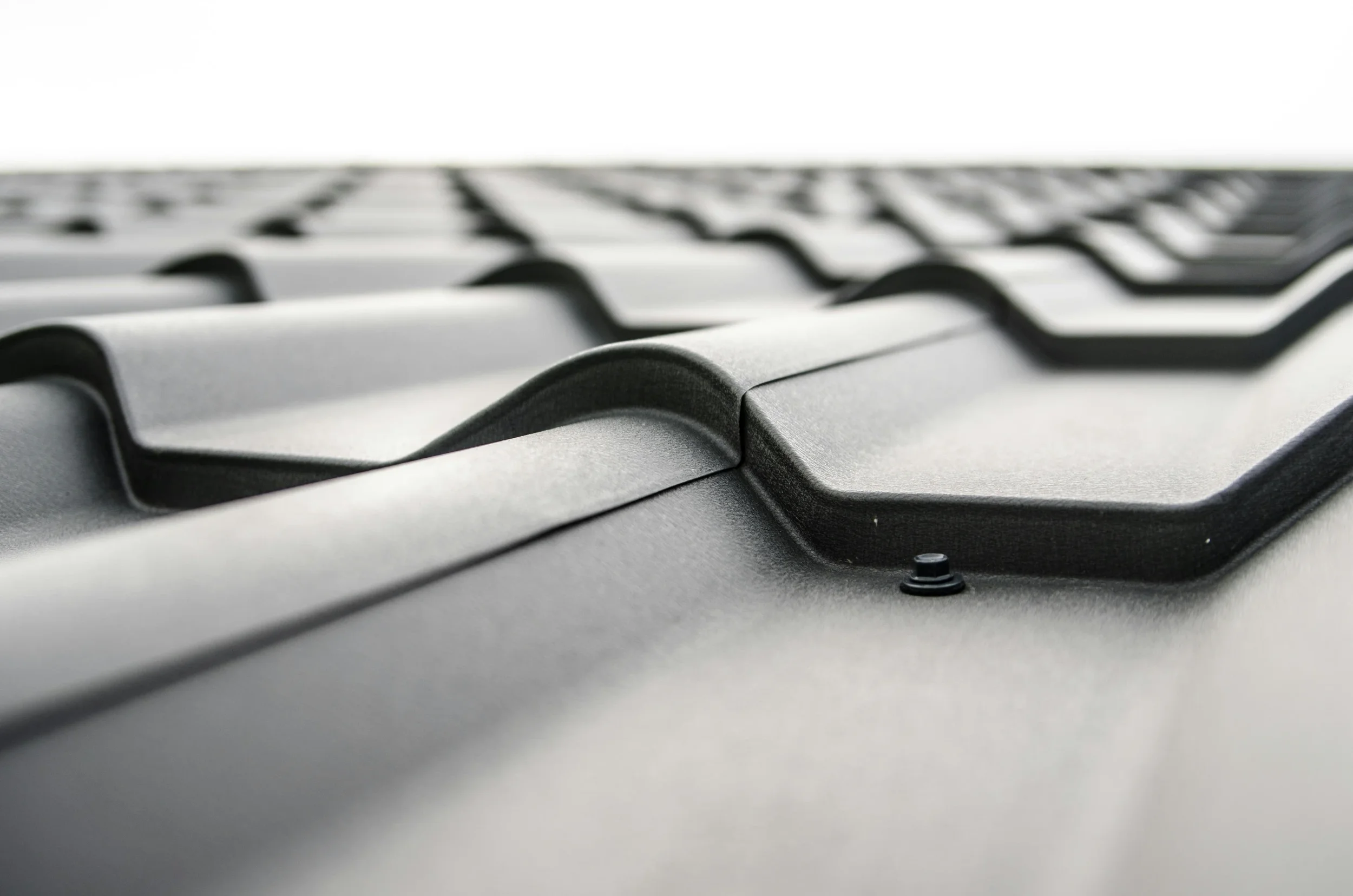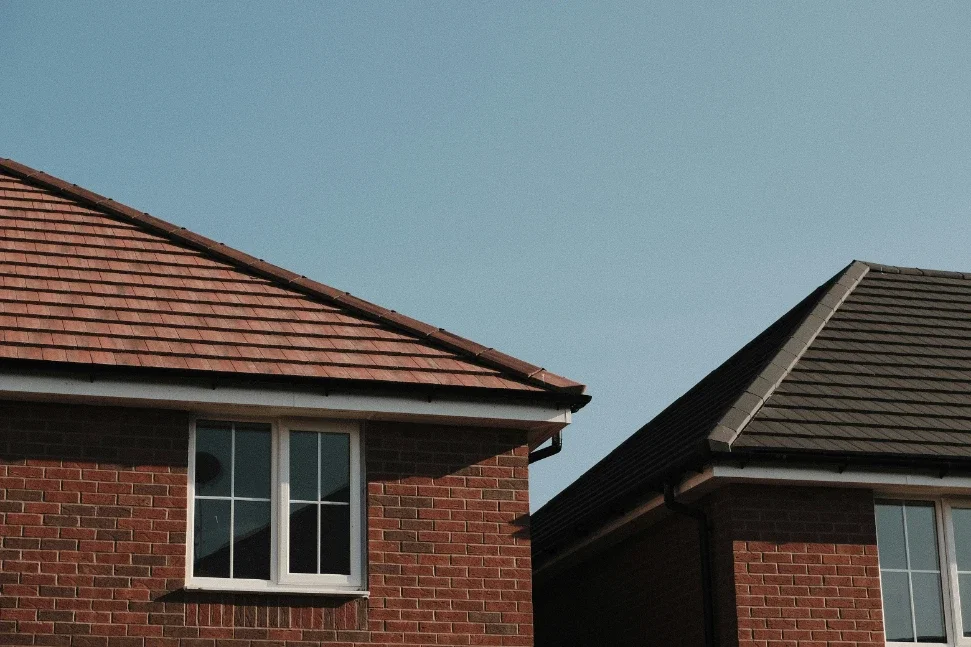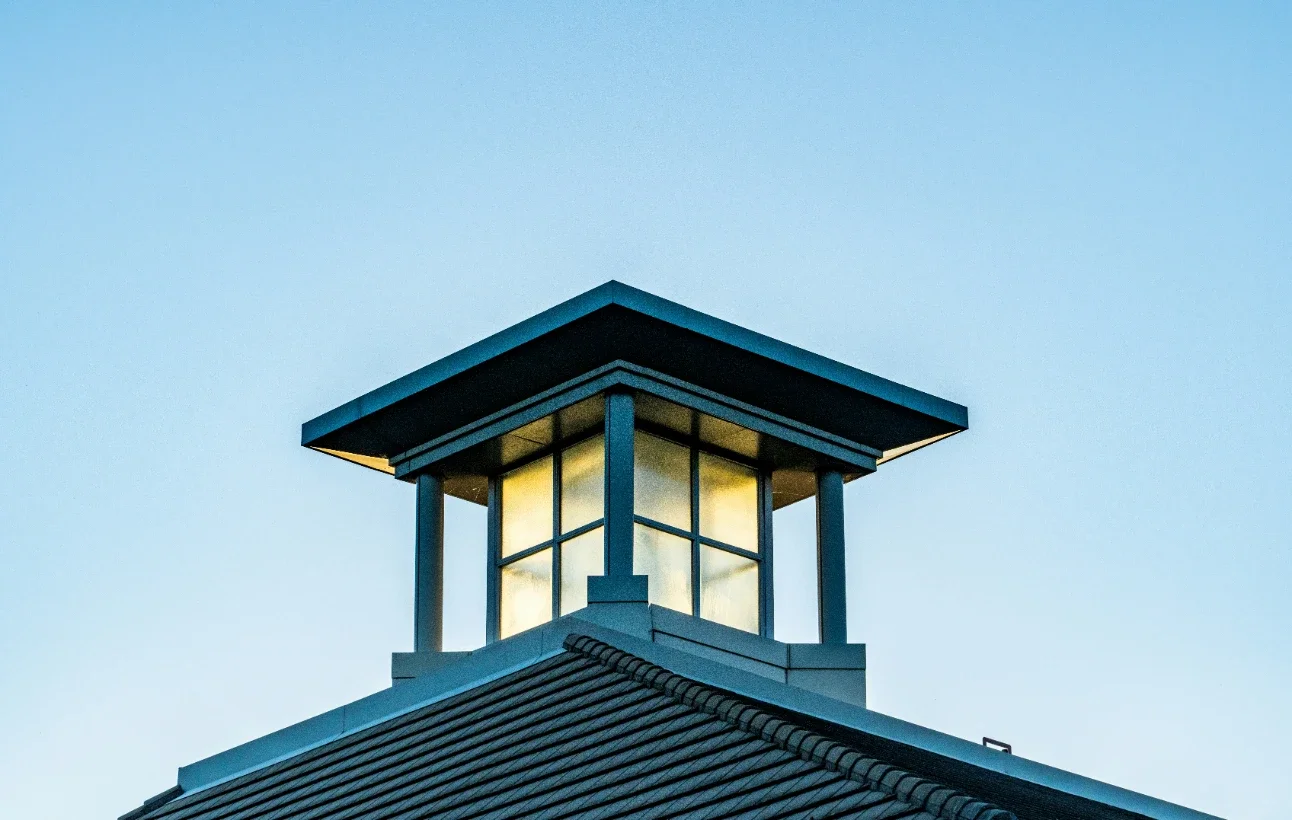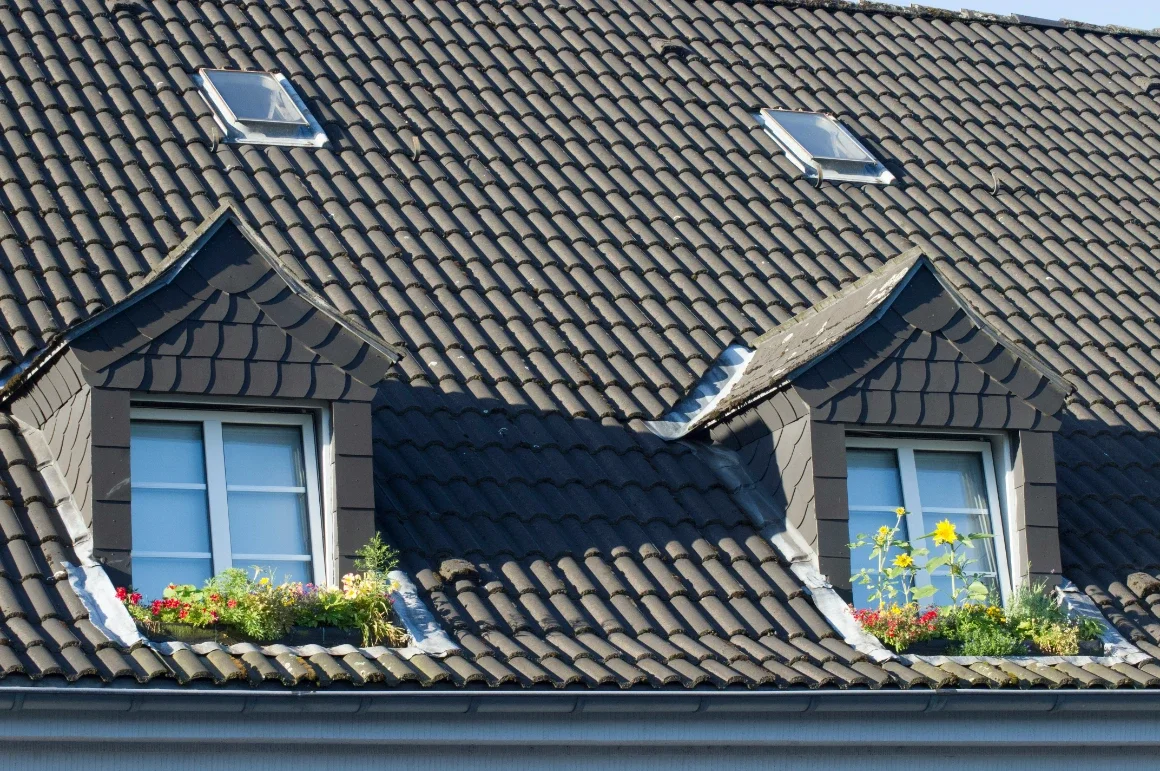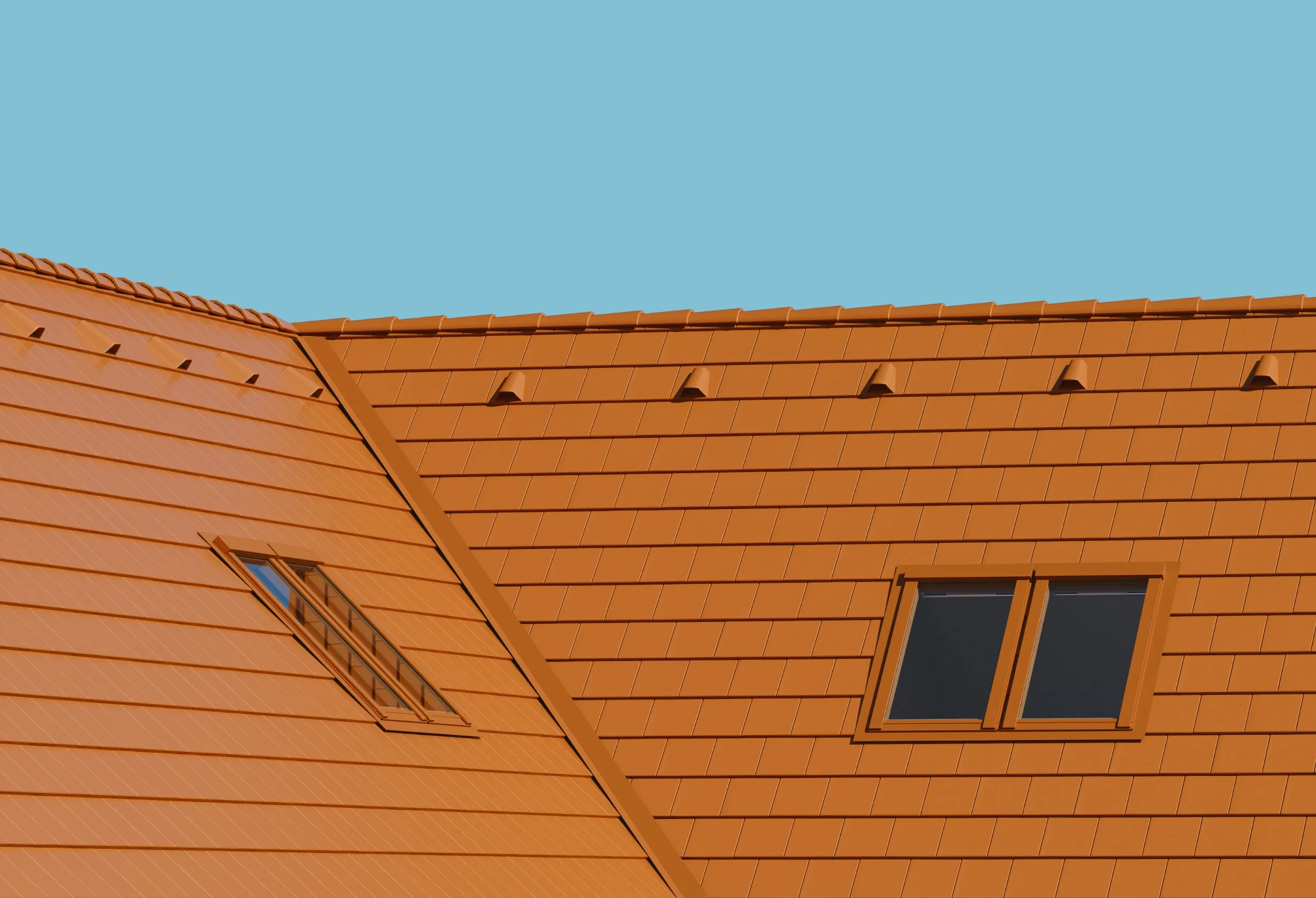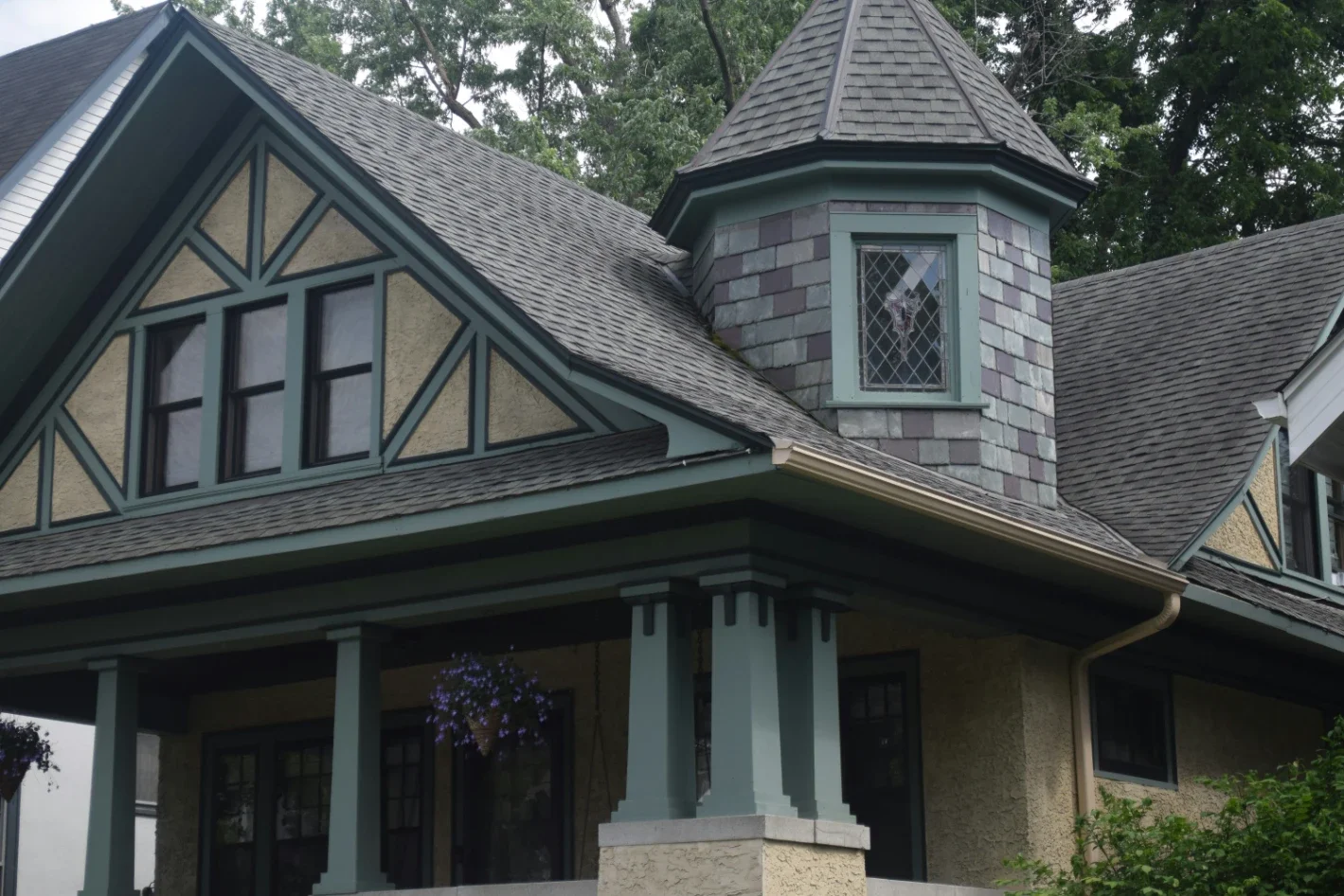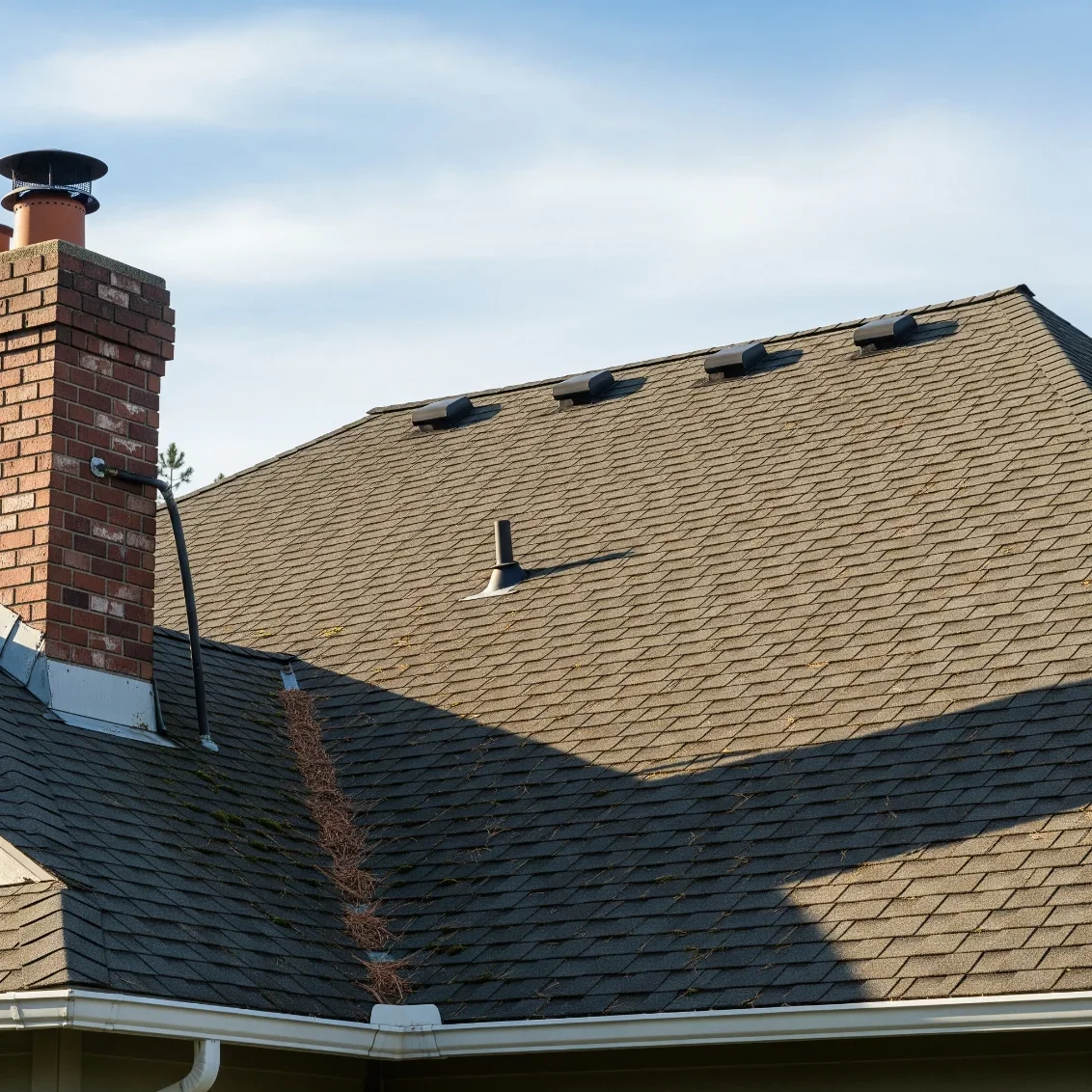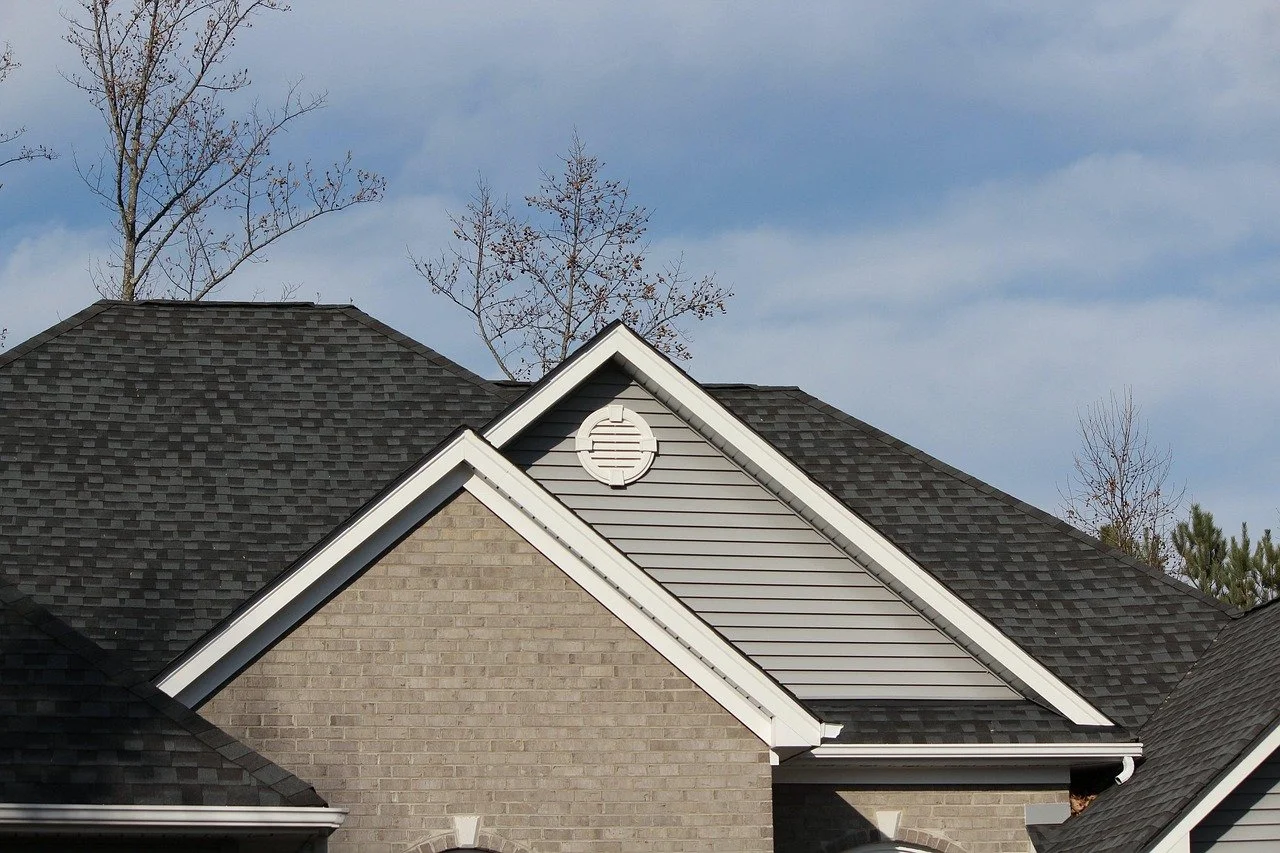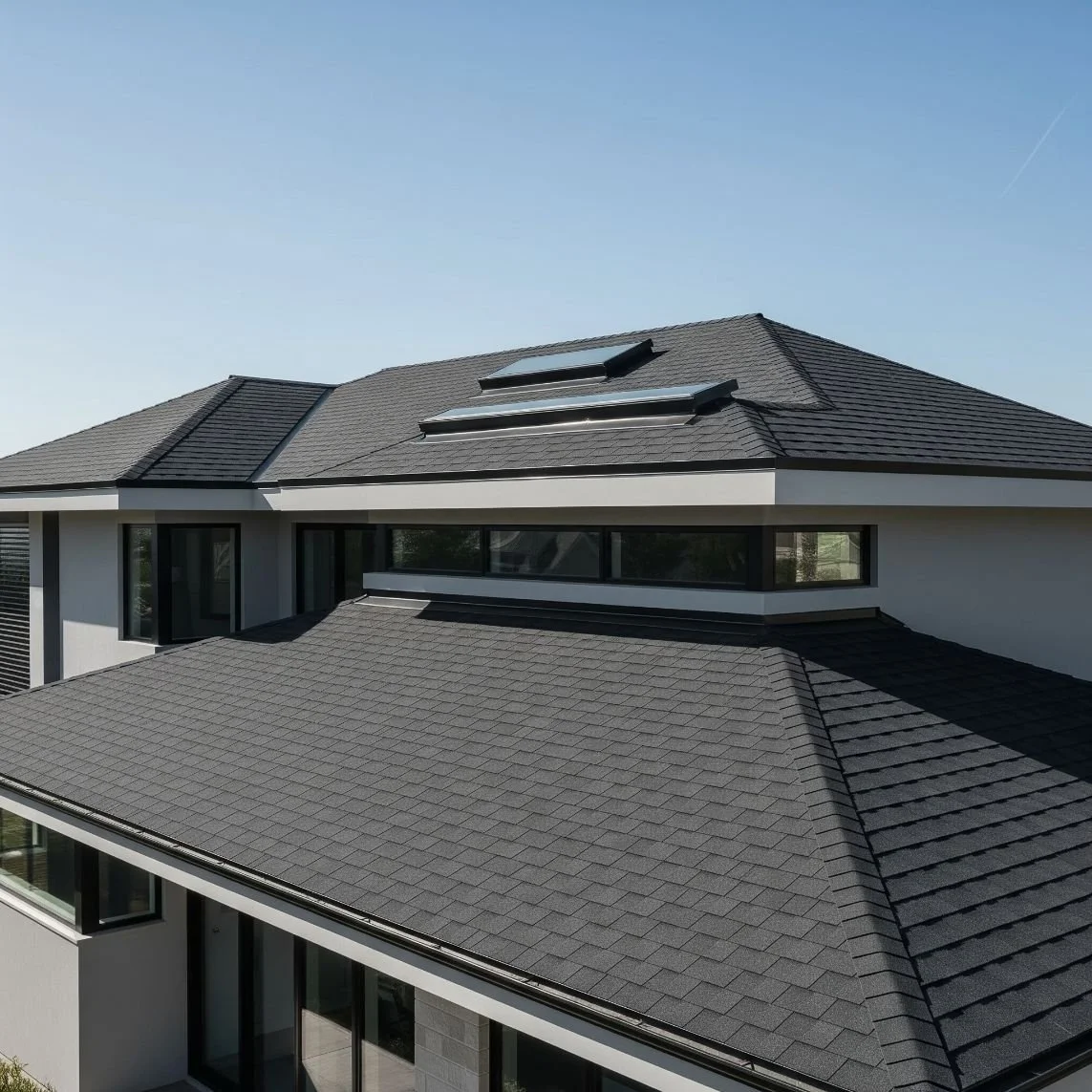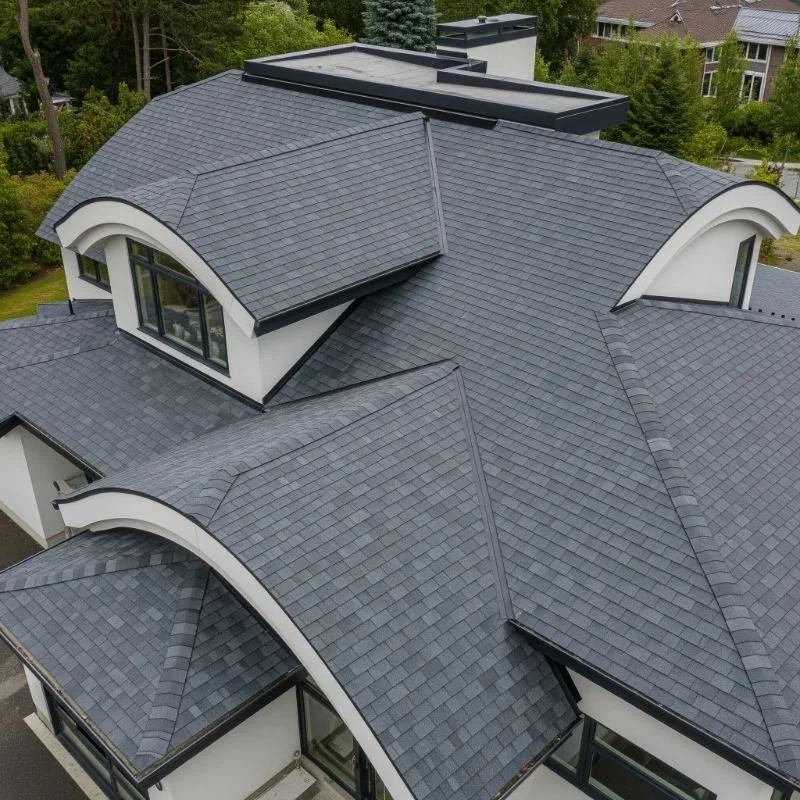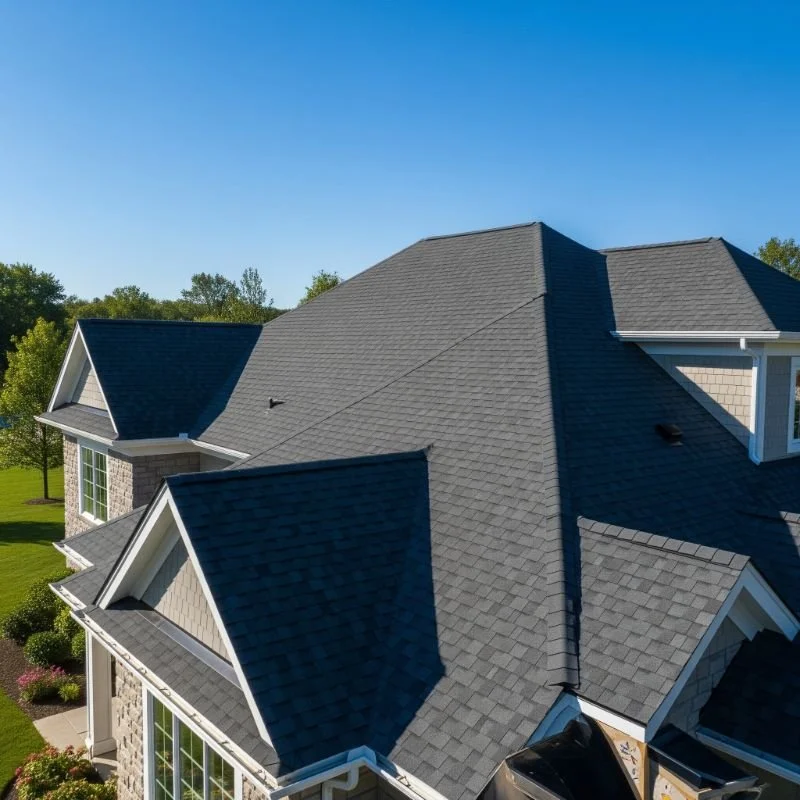How to Choose the Best Roofing Material for Your Home
Looking for the right roofing material for your home? Learn how to compare styles, costs, and durability to make the best long-term investment.
Your roof is one of the most important investments you'll make in your home. It protects you from the elements, impacts your home’s energy efficiency, and plays a big role in curb appeal. But with so many roofing materials available—from asphalt shingles to metal panels and clay tiles—how do you choose the one that’s right for you?
The answer depends on several key factors, including your climate, budget, home style, and long-term maintenance goals. In this guide, we’ll walk you through the top considerations and material options to help you make an informed choice.
1. Consider Your Climate
The first factor to think about is your local weather. Some roofing materials are better suited for certain climates:
Hot or sunny regions: Materials like metal, clay, and slate offer excellent heat resistance and long-term durability.
Cold or snowy regions: Asphalt shingles and metal roofs perform well under snow and ice, especially when installed with proper ventilation.
Rain-prone or humid areas: Choose materials that resist water absorption and mold, such as metal or high-quality synthetic shingles.
Make sure the roofing material you select can handle your area’s temperature swings, humidity, and seasonal weather extremes.
2. Match Your Home’s Style
Your roof plays a major visual role in your home’s exterior, so the material should complement its architectural design.
Modern homes often look best with metal panels, flat membrane roofing, or architectural shingles.
Traditional homes pair well with asphalt shingles, wood shakes, or slate.
Spanish or Mediterranean styles are best suited for clay or terracotta tiles.
Choosing a material that enhances your home’s design adds value and character while maintaining visual harmony.
3. Think Long-Term About Durability and Maintenance
Different materials offer different lifespans and maintenance needs:
Asphalt shingles: Affordable, easy to install, and last 15–30 years.
Metal roofing: More expensive upfront but extremely durable and low-maintenance, lasting 40–70 years.
Clay or concrete tiles: Very long-lasting (50–100 years) but heavy and may require additional roof support.
Slate: Extremely durable (up to 100 years) but expensive and labor-intensive to install.
Wood shakes or shingles: Offer a natural look but need regular treatment to prevent rot and pests.
If you plan to stay in your home for decades, investing in a longer-lasting material might be worth the initial cost.
4. Balance Cost vs. Value
Your roofing budget will play a major role in your decision. While some materials have a higher upfront cost, they may offer better value over time due to longevity and lower maintenance.
Economical options: Asphalt shingles and synthetic roofing products offer solid performance at a lower price point.
Mid-range: Metal roofing strikes a balance between cost and durability.
Premium choices: Slate, clay, and concrete tiles are high-end materials with long-term value but a steep initial investment.
Be sure to factor in installation costs, warranties, and the potential for energy savings.
5. Evaluate Energy Efficiency
The right roofing material can also improve your home's energy efficiency. Reflective materials like metal can reduce cooling costs in hot climates, while proper insulation and ventilation can reduce heating needs in colder areas.
Some products are ENERGY STAR® certified and may qualify for rebates or tax credits. Ask your contractor about these options if energy efficiency is a priority for you.
6. Consult Experienced Roofing Contractors
Choosing the best roofing material isn’t just about selecting a product—it’s also about working with the right professionals. Experienced roofing contractors can help you evaluate your specific needs, recommend suitable materials, and ensure proper installation.
They can also identify potential issues with your current roof, explain warranty details, and help you plan for long-term maintenance. Don’t be afraid to ask for references, compare quotes, and check reviews before making a decision.
Final Thoughts
Selecting the right roofing material for your home involves more than just picking what looks good. You need to weigh factors like climate, cost, lifespan, energy efficiency, and style to make the best decision for your situation.
Whether you’re building a new home or replacing an old roof, the right material can provide long-lasting protection, comfort, and value. With careful planning and guidance from experienced roofing contractors, you’ll be well on your way to a safer, more beautiful home.



